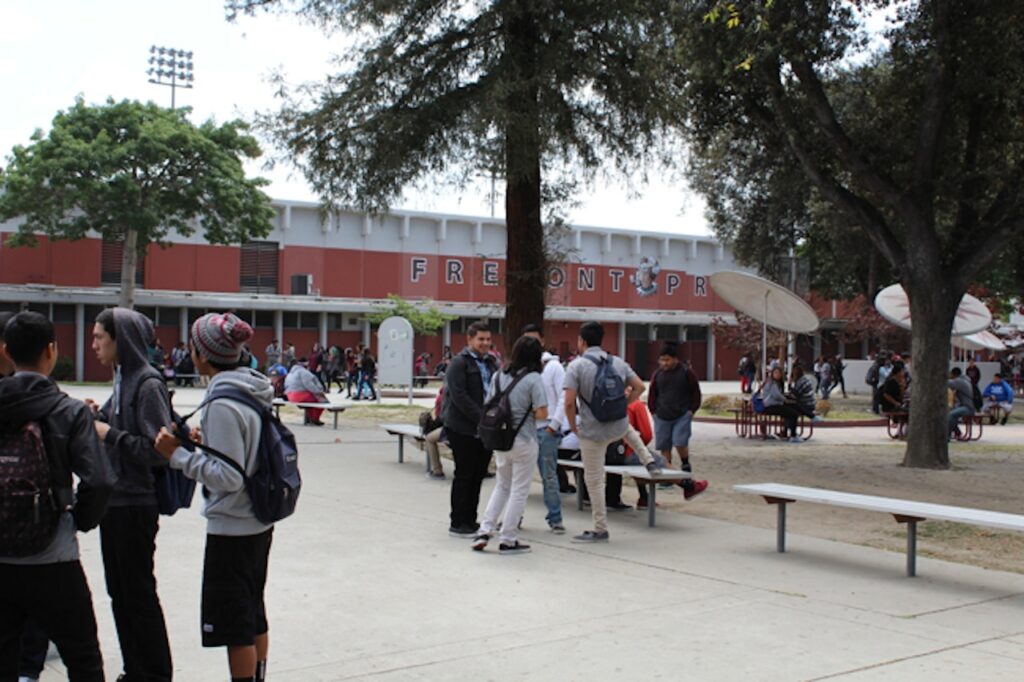Even though schools across California offer similar amounts of instructional time each week, and instructional days during the school year, students in high poverty schools get far less time for actual learning.
That is a principal finding of a report issued today by the UCLA Institute for Democracy, Education and Access, titled “It’s About Time: Learning Time and Educational Opportunity in California High Schools.”
The report is notable because it looks at numerous factors that affect the amount of instructional time a student is able to receive – and then contrasts how those factors affect schools with large numbers of low-income students compared to those with few low-income students.
High poverty schools were defined as those where 75 to 100 percent of students receive free and reduced price meals, while a low poverty school is one where 25 percent or fewer students qualified for the federal meals program.
Co-authored by John Rogers and Nicole Mirra of the UCLA Graduate School of Education, the report was based on a survey of 800 teachers at nearly 200 high schools across California.
The report found that:
- A range of stressors, such as unstable housing, a lack of dental or medical care, the need to take care of family members, immigration problems and community violence, make it difficult for students to focus in class or cause them to miss class altogether.
- Learning time is also affected by conditions in the schools themselves, such as dirty or noisy classrooms, the lack of qualified substitutes, and insufficient access to school libraries or computers.
- Teachers in high poverty schools are more likely to have to take on non-instructional tasks like lunch or yard supervision, taking care of janitorial or clerical tasks, or covering classes for absent teachers – all of which affects their availability for actual instruction.
- High poverty schools lose 10 instructional days – or two weeks of classes – as a result of factors such as extra time spent on testing, emergency lockdowns, disrupted days for non-instructional assemblies and higher absenteeism rates of teachers. In total, high poverty schools lost 12.4 percent of their instructional days for these reasons, compared to 7 percent in low poverty schools.
- Classes get started later in high poverty schools due to unreliable transportation, and are more likely to be interrupted by phone calls. Classes in high poverty schools lose at least 5 minutes on average in every instructional period compared to low poverty schools.
- Teachers in high poverty schools spend more time discussing community problems, providing counseling, and on college and career guidance.
The report ends with this admonition: The amount of time allocated for learning is not the same as time available for learning — and that what it calls “community stressors and chronic problems with school conditions” lead to much higher levels of lost instructional time.
To get more reports like this one, click here to sign up for EdSource’s no-cost daily email on latest developments in education.
